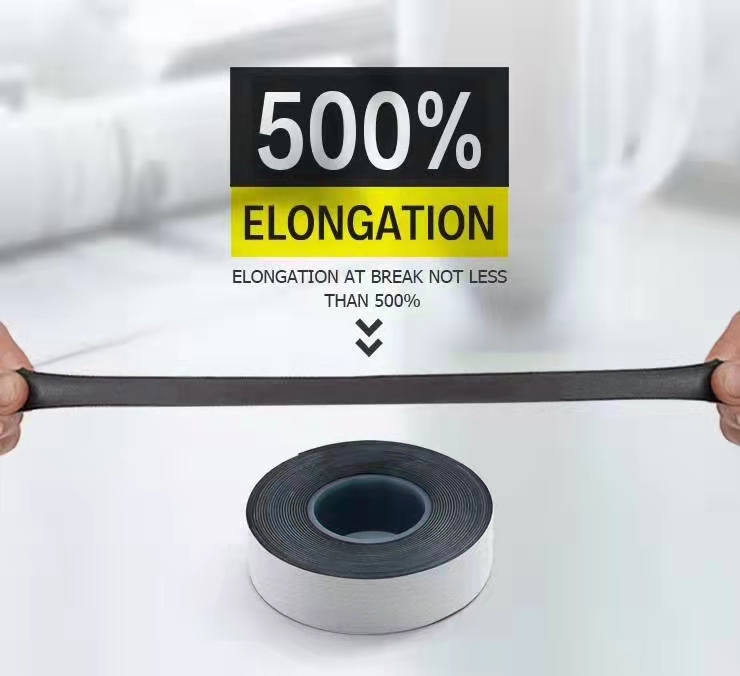The Importance of Line Marking Tape in Various Applications
Line marking tape is a versatile tool that plays a crucial role in an array of settings, from sports facilities to industrial environments. Its primary purpose is to create clear, visible lines that denote specific areas, pathways, or boundaries, ensuring safety, organization, and efficiency. This article will explore the various applications of line marking tape, the advantages it offers, and the factors to consider when choosing the right type.
One of the most common uses of line marking tape is in sports facilities. Whether it's a gymnasium, a basketball court, or a soccer field, clear markings are essential for determining the playing area and rules of the game. Line marking tape provides a quick and efficient solution for different sports, enabling venues to set up courts or fields according to specific dimensions. It is often available in various colors to differentiate between different playing areas or to highlight important zones, such as penalty areas or three-point lines.
In industrial and commercial settings, line marking tape is vital for ensuring safety and organization. Factories, warehouses, and distribution centers can utilize colored tapes to designate walkways, equipment zones, storage areas, and safety boundaries. This visual guidance helps reduce accidents and injuries by directing foot and vehicle traffic appropriately. Moreover, a well-organized workspace fosters improved productivity, as employees can easily navigate their environment without confusion.
Another noteworthy application of line marking tape is in schools and recreational areas. Playground markings can transform a dull surface into an engaging space for children. Games such as hopscotch or basketball can be easily marked out with tape, promoting physical activity and enhancing fun. Additionally, these markings serve an educational purpose, helping children learn about shapes, numbers, and colors while they play.
line marking tape

One of the significant advantages of line marking tape is its ease of application. Unlike traditional paint, tape can be installed quickly, often without the need for specialized tools or trained professionals. This allows organizations to adapt their layouts whenever necessary. The tape is also durable and resistant to wear and tear, ensuring that markings remain visible even in high-traffic areas.
There are several factors to consider when choosing the right line marking tape. First and foremost, the material matters. Different types of tape are designed for various surfaces, such as concrete, asphalt, or carpet. It's essential to select tape that is compatible with the intended surface to ensure longevity and adhesion. Additionally, the tape's thickness and width can vary, and choosing the right size depends on the visibility required and the space available.
Color also plays a significant role in the effectiveness of line marking tape. Bright colors such as yellow, red, and blue stand out and can easily be seen from a distance, promoting clear communication of boundaries and areas. Furthermore, some tapes are designed with reflective properties, providing additional visibility in low-light conditions.
In conclusion, line marking tape is an invaluable tool across many sectors. Its applications in sports, industry, and education highlight its importance in promoting safety, organization, and efficiency. By understanding the factors involved in selecting the appropriate tape, organizations can effectively utilize this simple yet powerful tool to enhance functionality in their respective environments.
-
XIANGFAN Rubber Tape-Ultimate Solutions for All Your Insulation NeedsNewsJun.24,2025
-
XIANGFAN Rubber Tape-Protection for Industrial and Residential ApplicationsNewsJun.24,2025
-
XIANGFAN Rubber Tape: Superior Safety and Sealing for Demanding EnvironmentsNewsJun.24,2025
-
XIANGFAN Rubber Tape: Reliable Solutions for Every Electrical ChallengeNewsJun.24,2025
-
XIANGFAN Electrical & Industrial Tape: Powering Reliability Across IndustriesNewsJun.24,2025
-
XIANGFAN Electrical & Industrial Tape: Excellence in Every ApplicationNewsJun.24,2025
